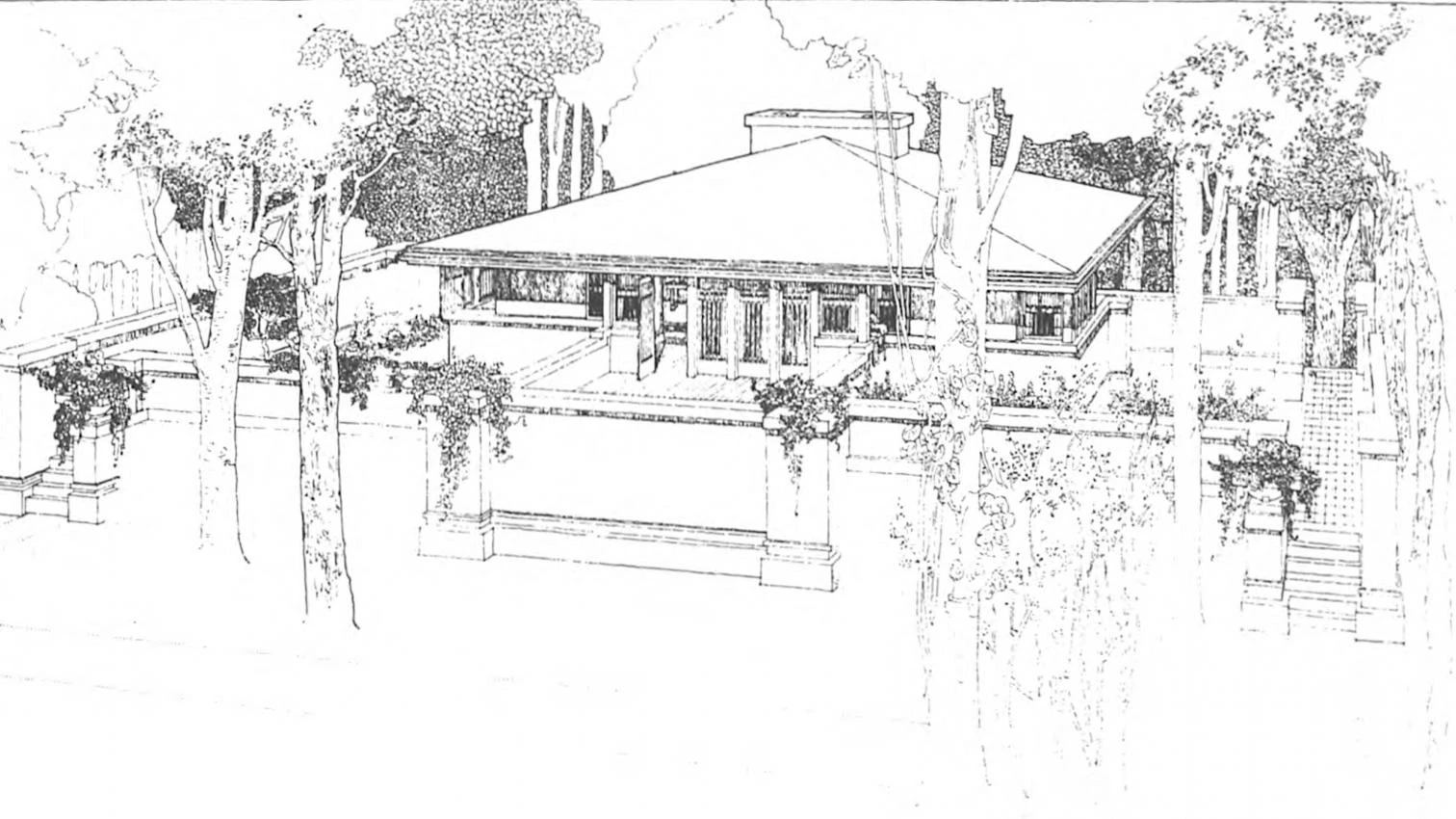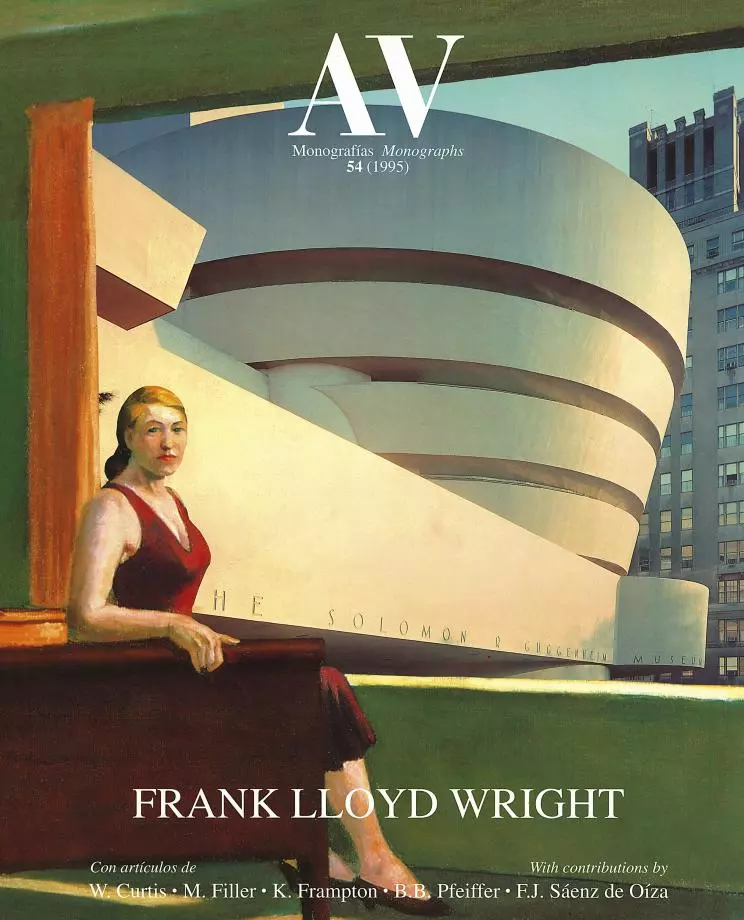
If education begins when man surrenders himself to the memory of his Paradise lost; if in Northrop Frye’s words, “ever since the times of Milton, building the dream of the lost Paradise continues to be the definition of education, ” the House that Frank Lloyd Wright offers us in his works can be understood, at least metaphorically, as a magical instrument, a mandala with which to attain such a Utopian dream. The Robie House, ‘Fallingwater’, Taliesin West, the Johnson offices, the Guggenheim, or the mile-high Illinois skyscraper - whether big or small, built in the darkest wood or the most searing desert - all are, I declare, instruments with which to transform reality into a splendid reclaimed Eden: an ever smiling and pleasant Nature our own sins banished us from but to which we now return, thanks to architecture’s power to transform. Again, I speak in metaphors. The reality of the world that surrounds us is not so much a paradise.
As Italo Calvino puts it in the epilogue to his marvellous Invisible Cities: “The inferno of the living is not something that will be; if there is one, it is what is already here, the inferno where we live every day, that we form by being together. There are two ways to escape suffering it. The first is easy for many: accept the inferno and become such a part of it that you can no longer see it. The second” - Calvino explains - “is risky and demands constant vigilance and apprehension: seek and learn to recognize who and what, in the midst of the inferno, are not inferno, then make them endure, give them space.”
I like to think that Wright enthusiastically follows the latter path. Through architecture he restores man’s place in Nature: the Garden retrieved.
If from one point of view we can understood Wright’s singular and heroic oeuvre to have been an advance guard of modernity and a precursor of the Modern Movement - to be later continued by Terragni, Mies and Corbu -, from another angle and looking to a historic past we desire to understand it as a continuer of Leonardo’s grand vitalist spirit: one same organic beat inspired both masters.
In the preface to the 1910 Wasmuth publication, presenting his prolific work in Europe, Wright wrote: “ To thus make of a dwelling place a complete work of art, in itself as expressive and beautiful and more intimately related to life than anything of detached sculpture or painting, lending itself freely and suitably to the individual needs of the dwellers, an harmonious entity, fitting in color, pattern and nature the utilities, and in itself really an expression of them in character - this is the modern American opportunity. Once founded, this will become a tradition.”
In this way, through culture and by means of architecture, man reconstructs the dream of the Paradise lost: the definition, as we said, of true education.






